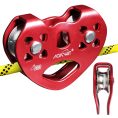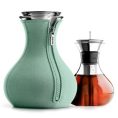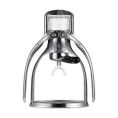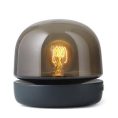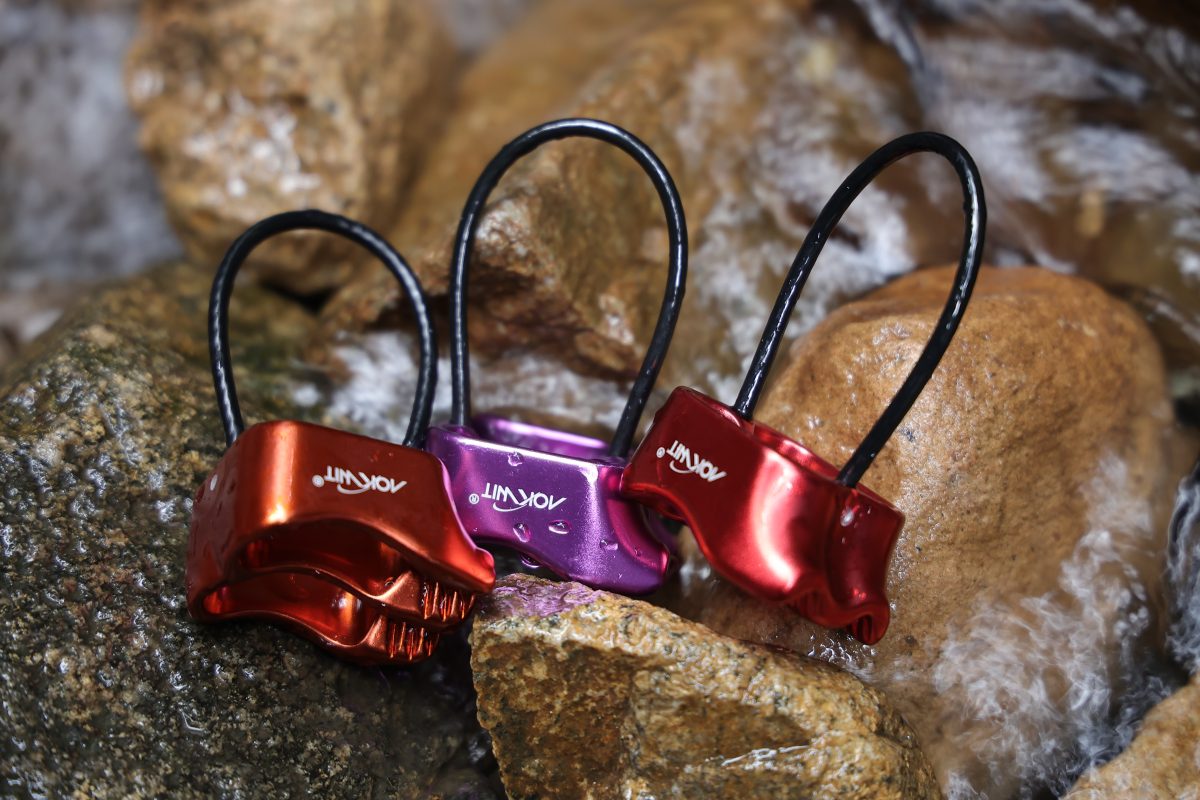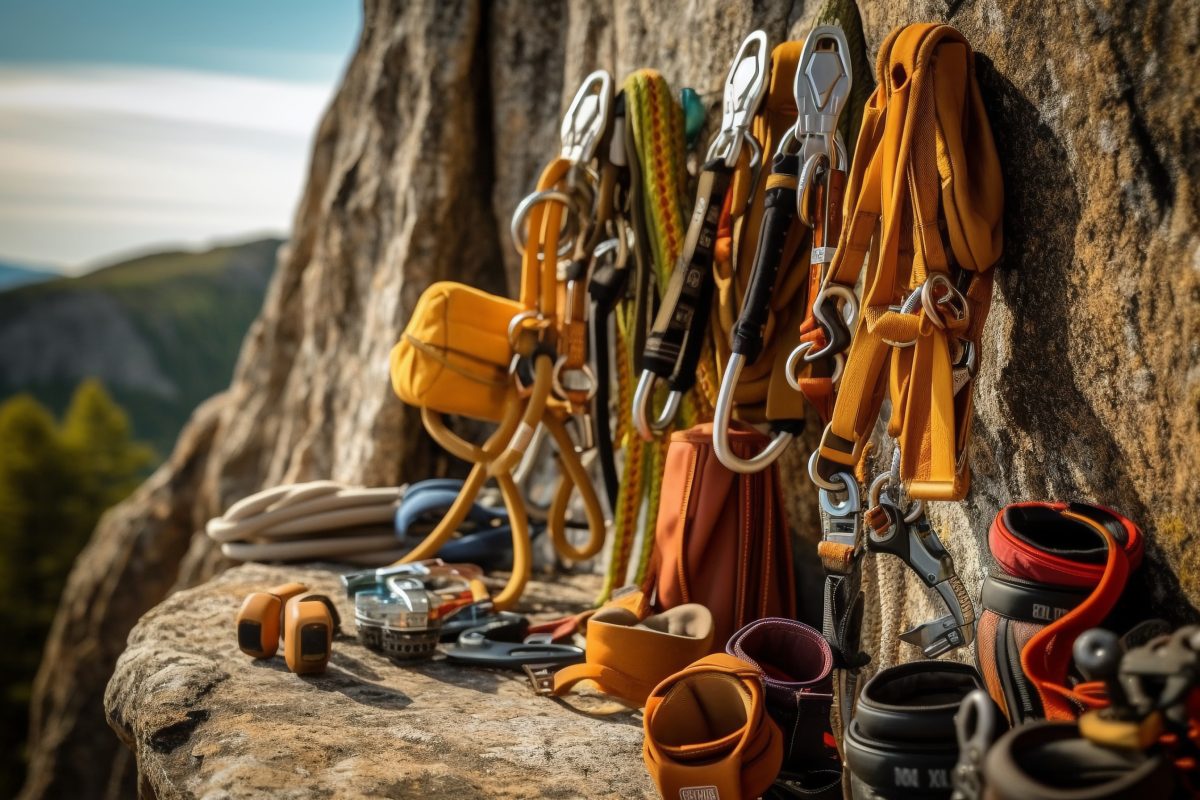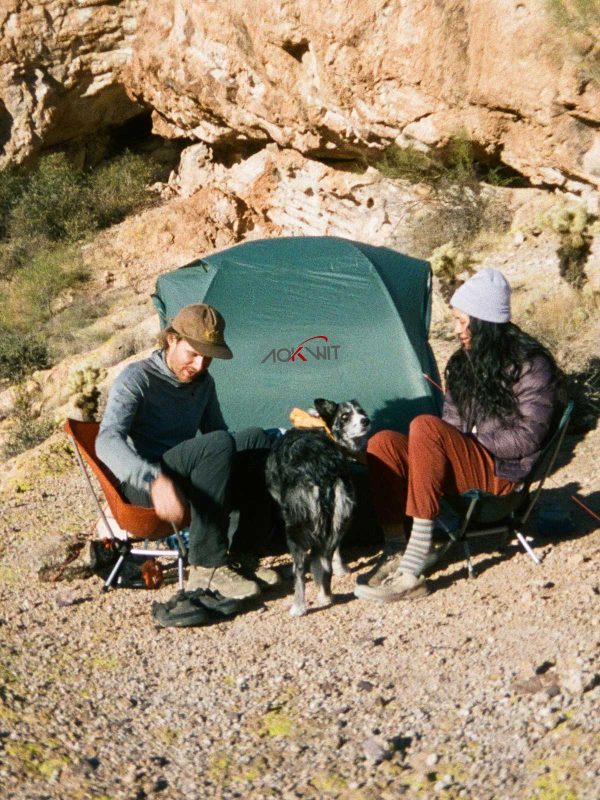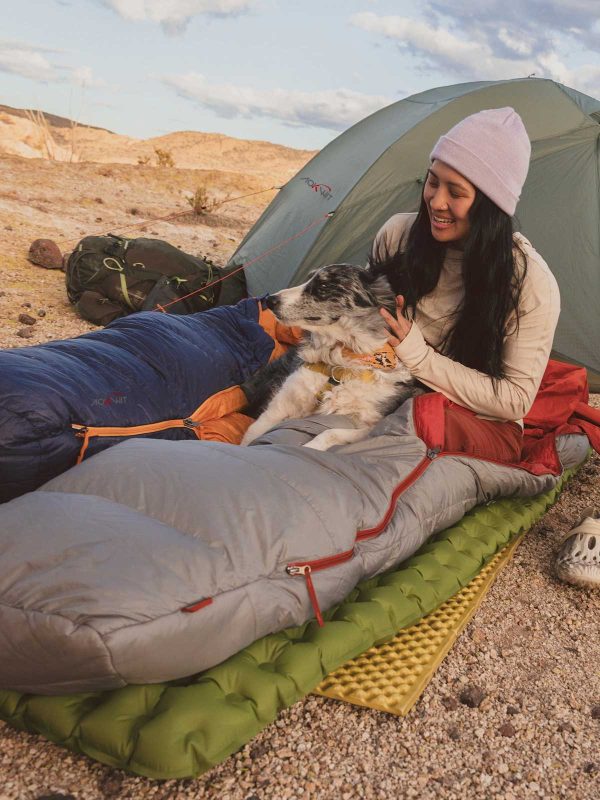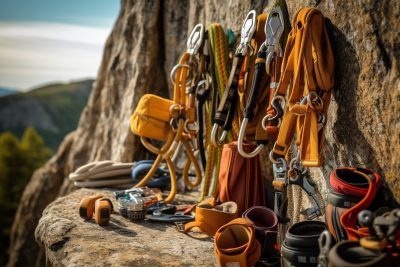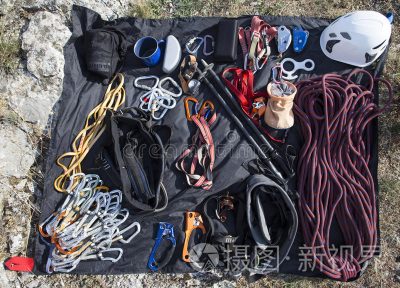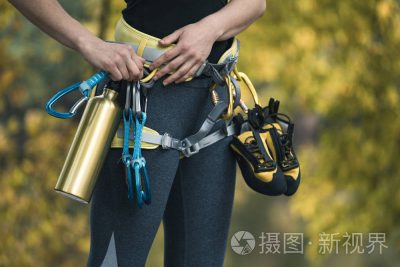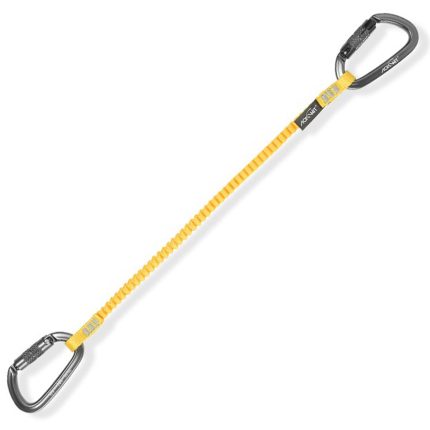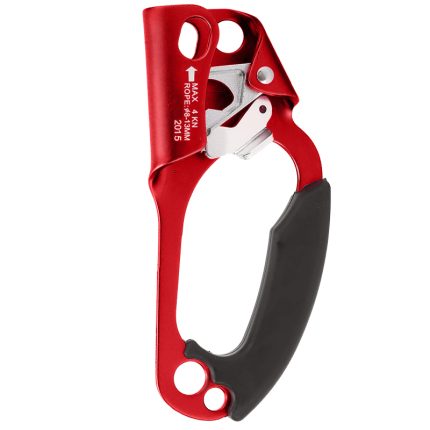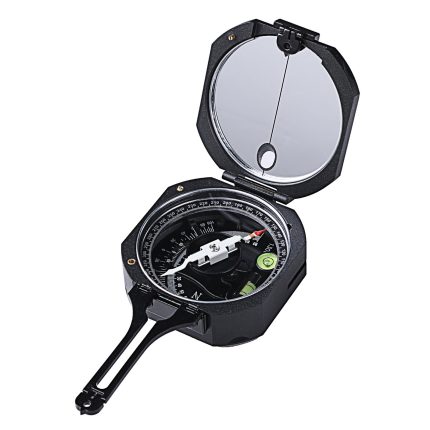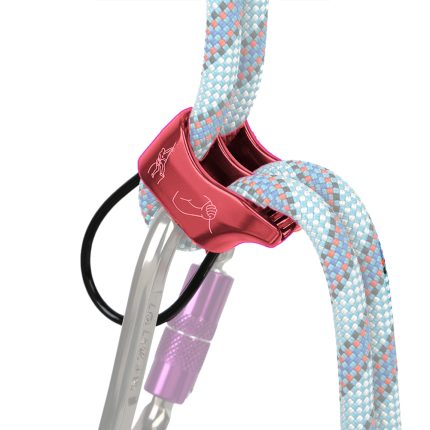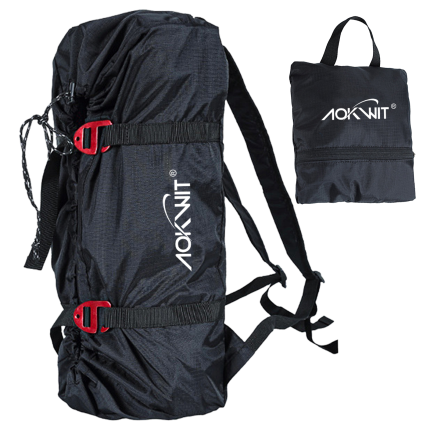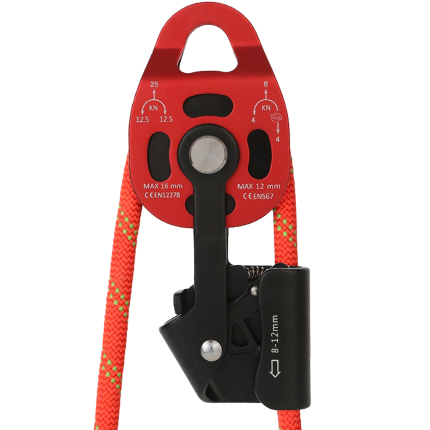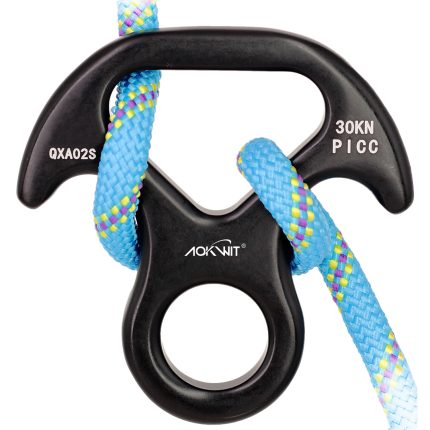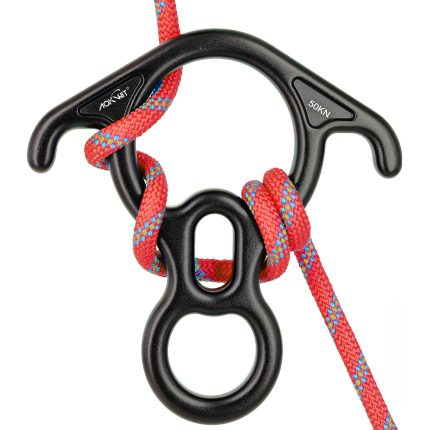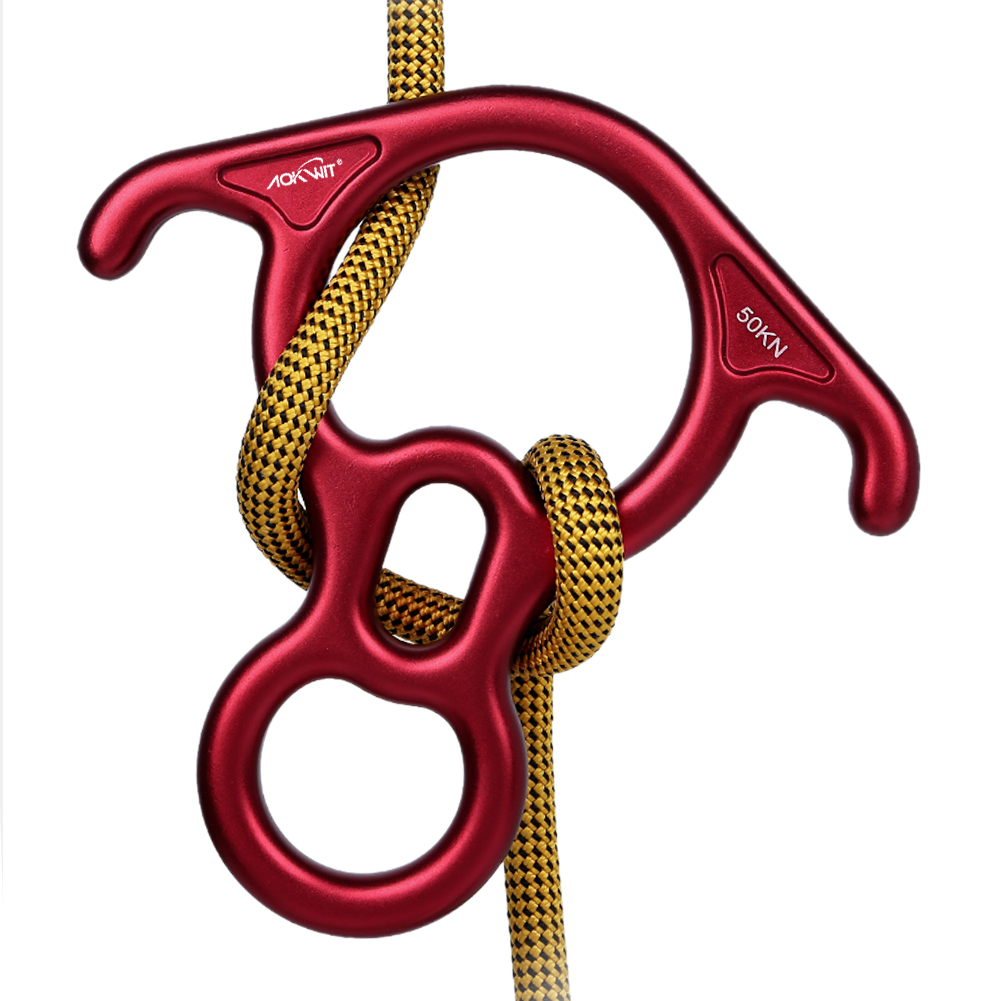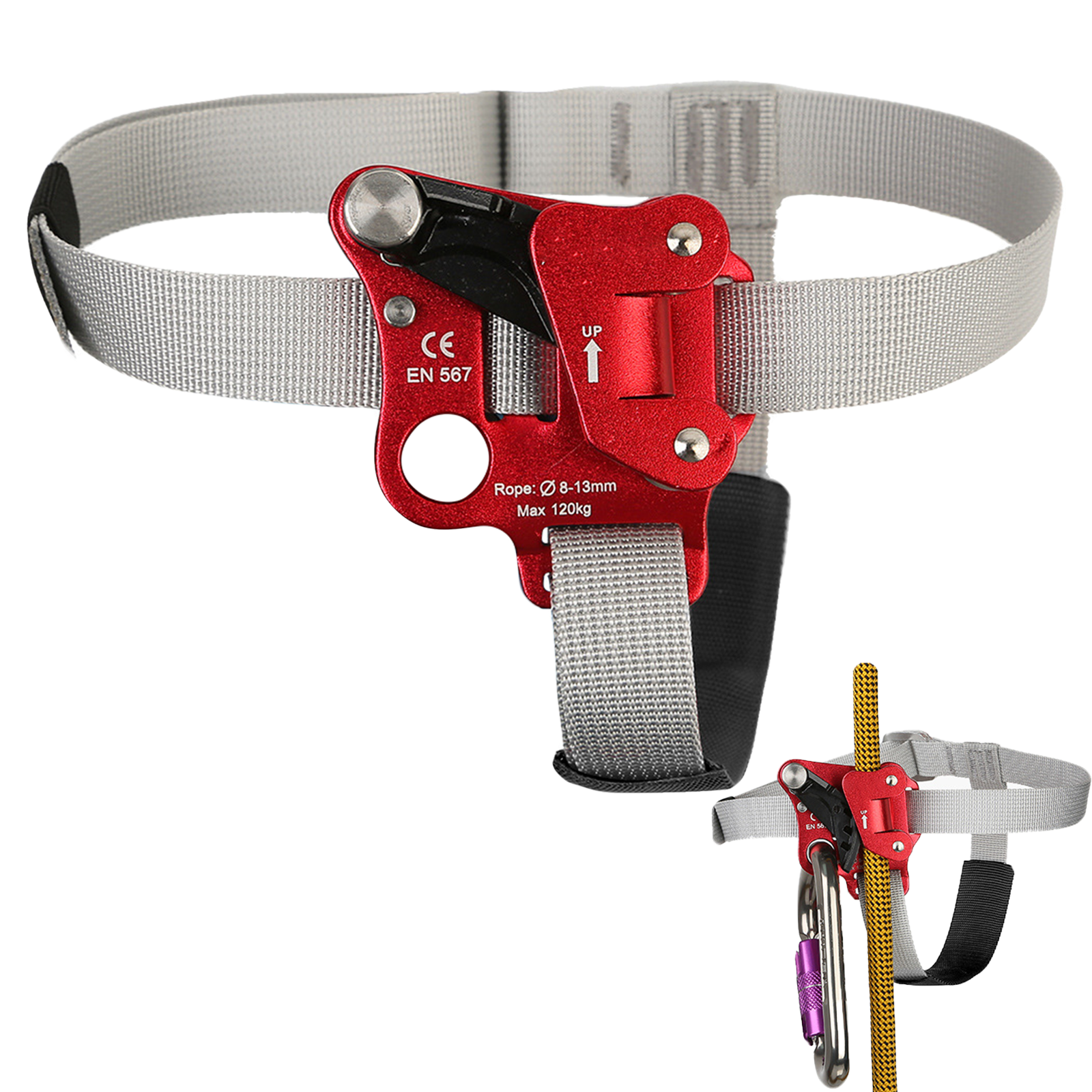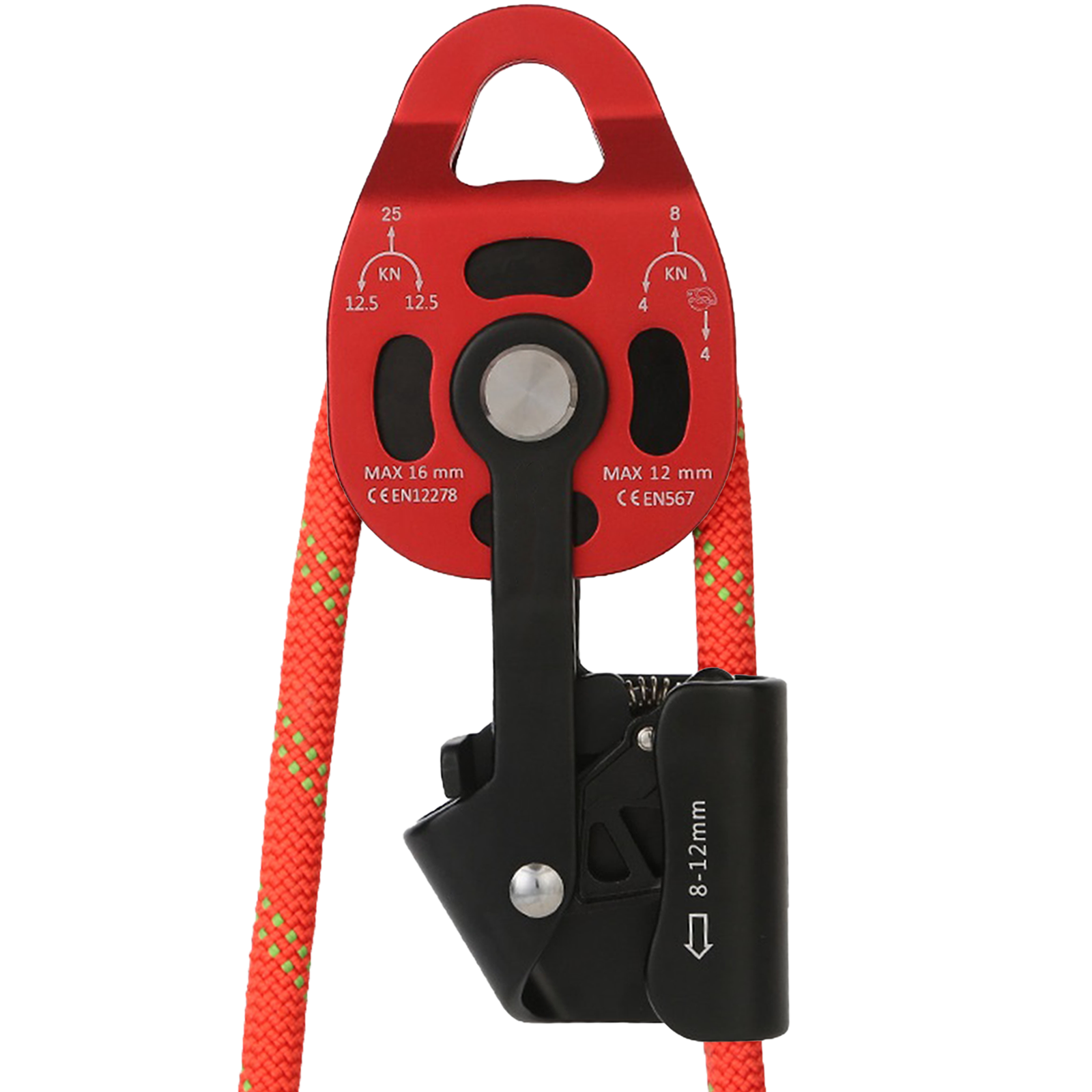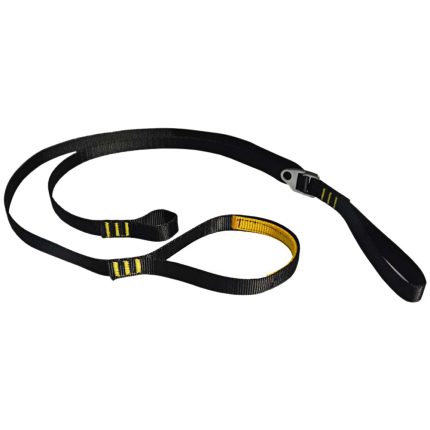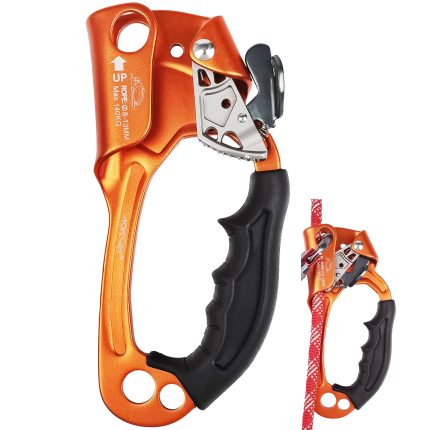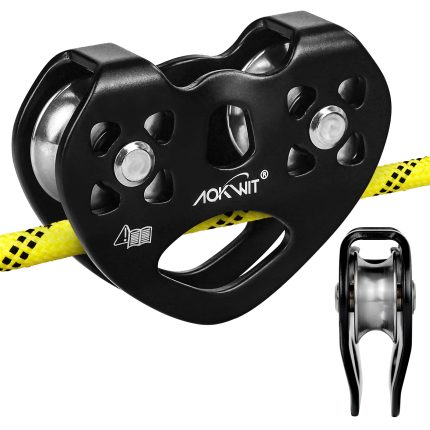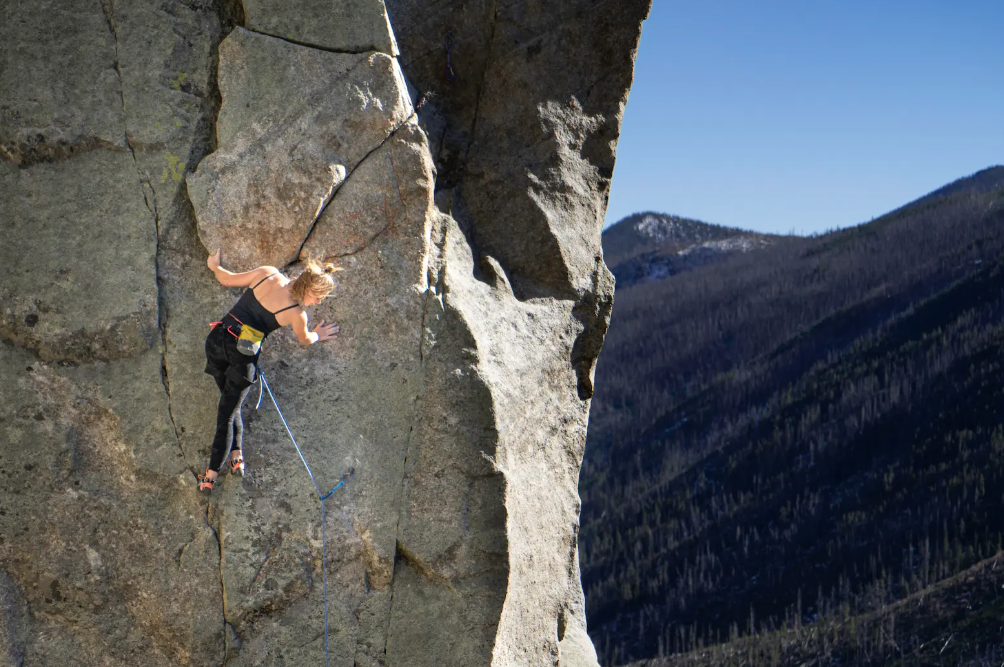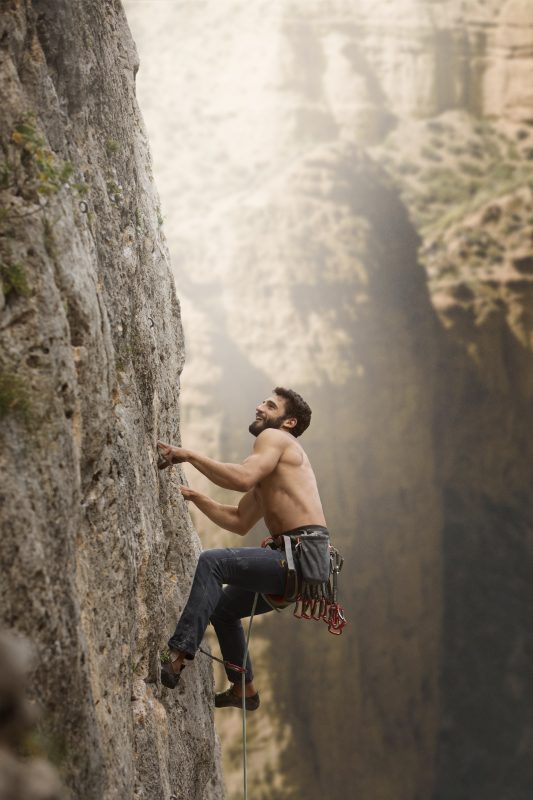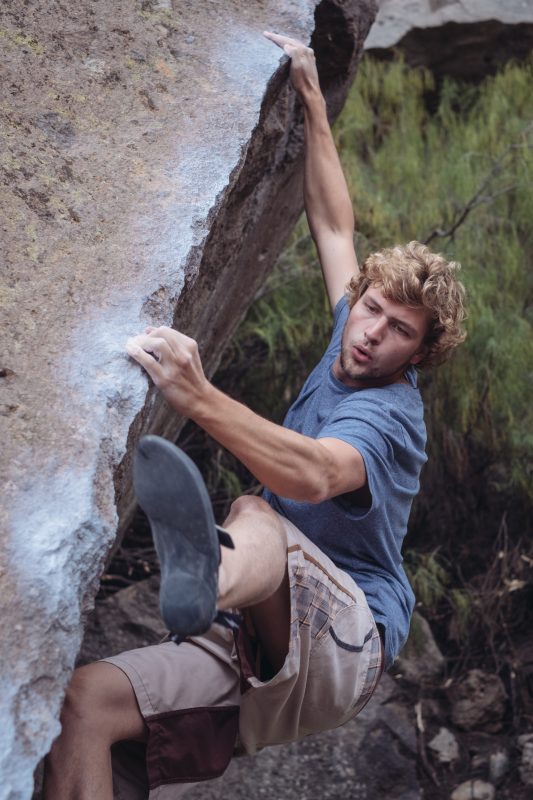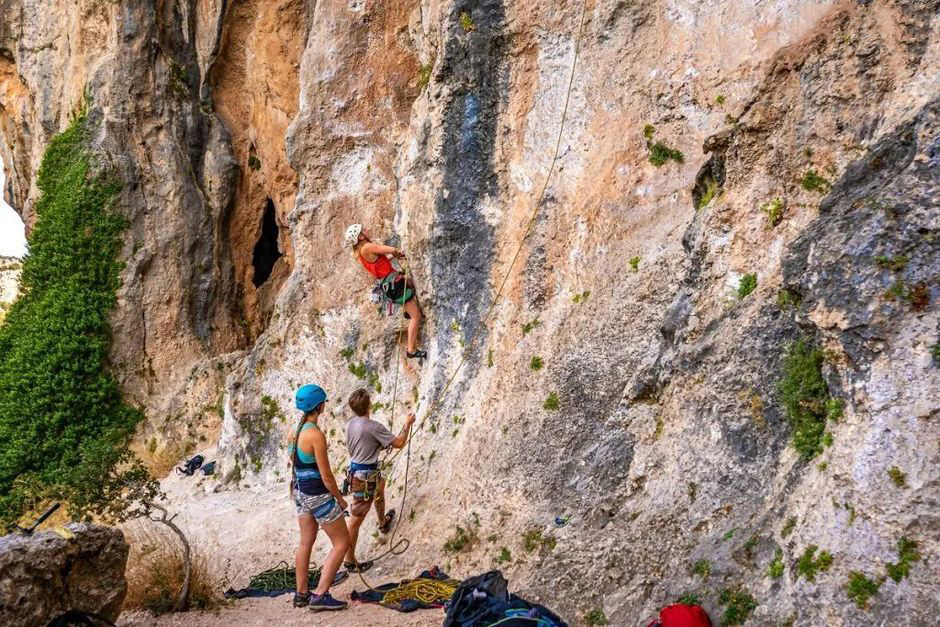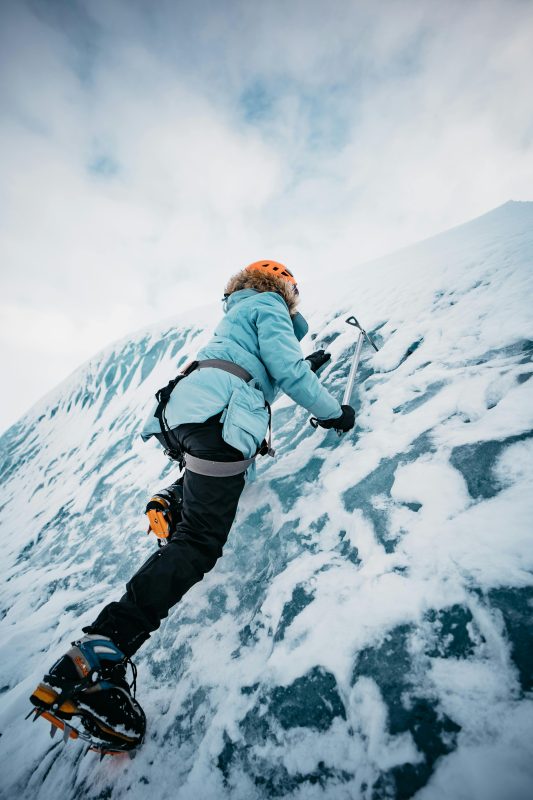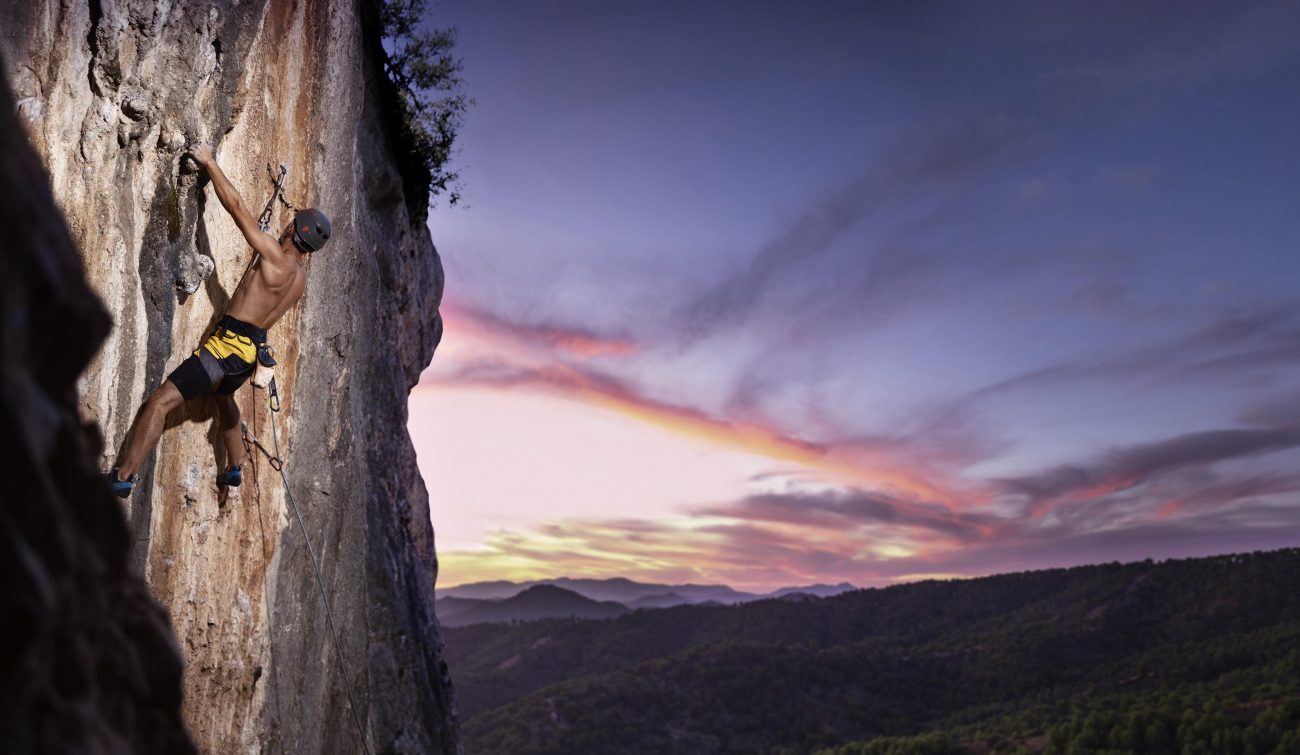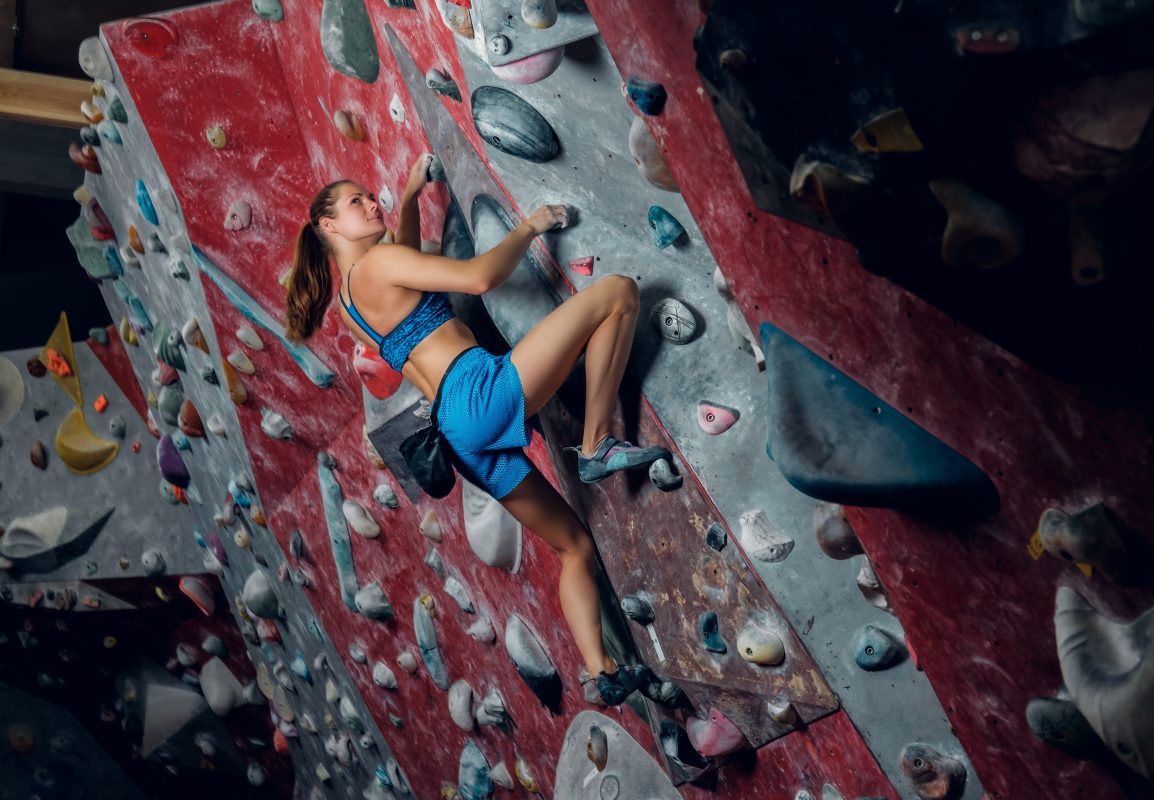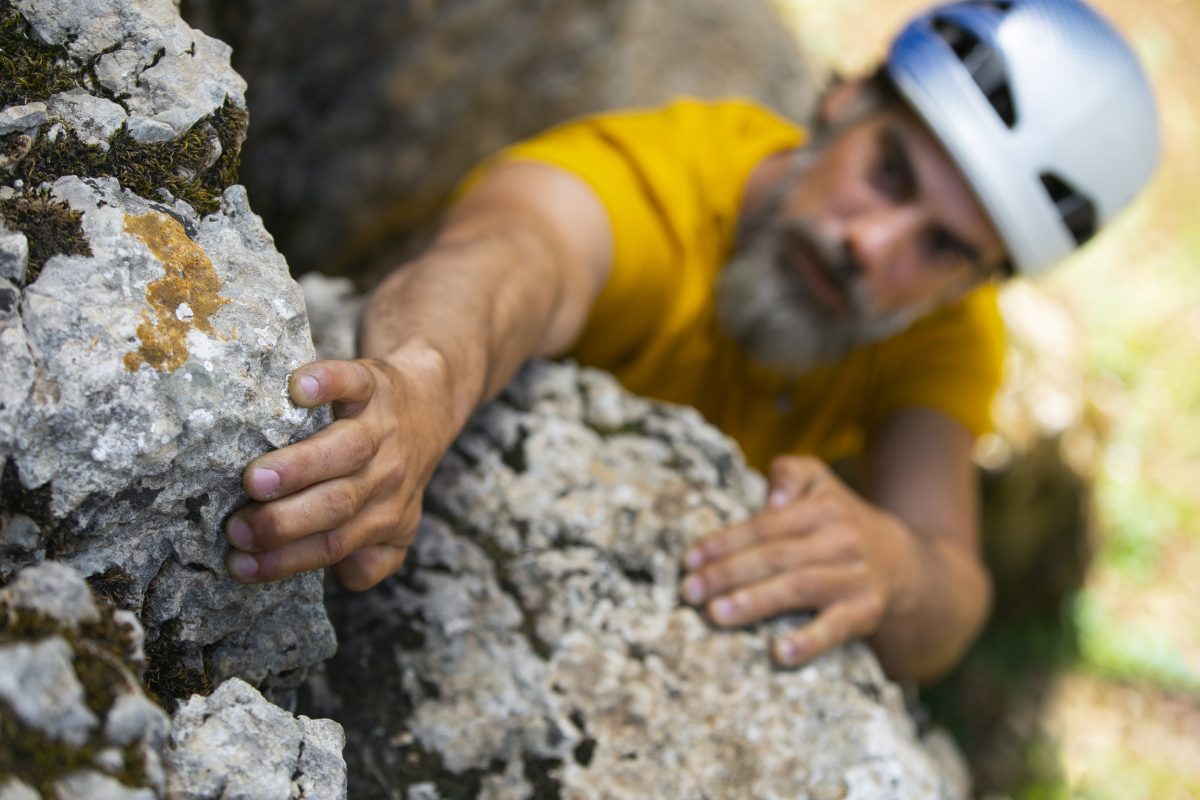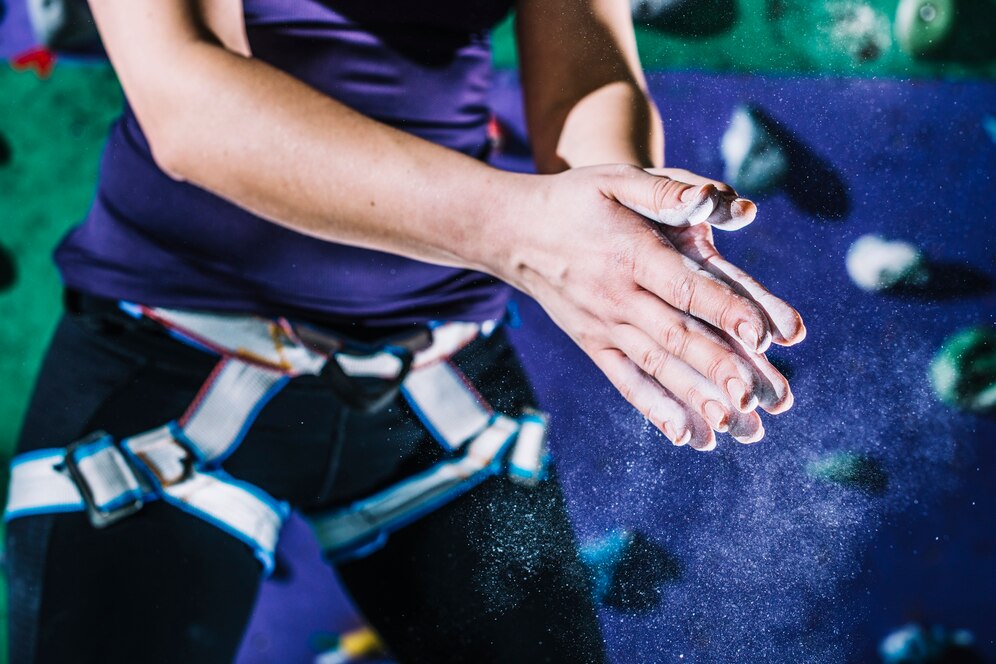7 Hand Techniques in Rock Climbing
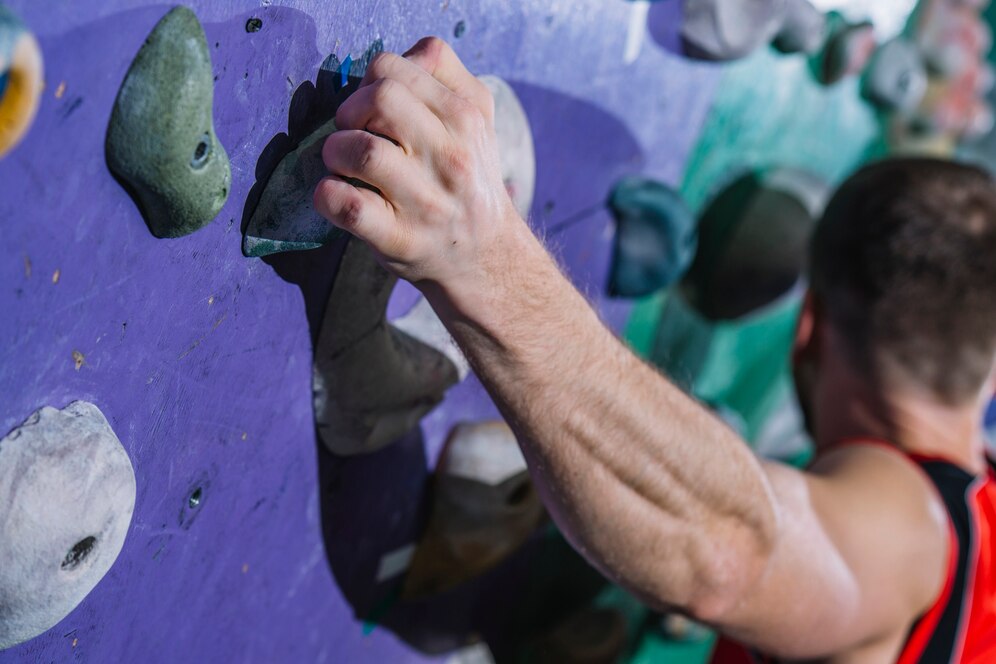
Some believe that hands must grip large holds to bear more weight, but this is unnecessary.
On vertical walls, hands primarily maintain balance. The contact force between the hold and the hand is critical.
However, avoid exerting excessive force when gripping; instead, keep your hands relaxed and use minimal strength to conserve arm stamina.
Rock walls feature diverse hold shapes—dozens of common types exist—and climbers must familiarize themselves with these shapes to understand where and how to grip and apply force.
Based on the position and direction of protrusions or indentations on holds, the following are key climbing techniques:
Crimp Grip
When gripping the edge of a hold, fingers often cling tightly. However, some holds can be secured using the entire palm rather than relying solely on finger strength. A full-palm grip enhances stability.
Open Grip
If a hold’s edge or small pocket supports the second joint of the fingers, flatten the hand against the rock surface.
Spread and align your fingers to maximize contact with the hold, avoiding a tight grip.
Here, the thumb plays a minor role unless the hold is sloped, in which case the thumb can pinch the hold with other fingers. For rounded holds, the open grip is often optimal.
Pocket Grip
For smaller holds where four fingers can wrap around the edge, press the thumb against the index finger to form a pocket grip.
Avoid unnecessary pressure or strain on the fingers to prevent injury.
When grabbing upward-facing holds (palms up), use an undercling grip, which relies on counterforce between hands or hands and feet to maintain balance.
Sloper Grip
Bend the wrist and curl the hand, pressing the thumb over the index finger to grip the hold’s outer edge.
This technique leverages the thumb’s strength for control while allowing other fingers to relax.
A sloper grip also relieves forearm strain and serves as a resting posture, commonly used on small, rounded protrusions or slopers.
Pinch Grip
When a hold lacks edges and relies on friction, use a pinch grip. Typically, the thumb opposes the fingers, but in some cases, the thumb can press against the hold’s edge while the other fingers apply force from the opposite direction.
Side Pull
This technique involves positioning the body sideways to the wall, using opposing limbs (e.g., right hand and left foot) to contact the wall.
Extend the free leg to adjust balance and push upward with the engaged leg to reach a higher hold.
Side pulls are frequently used on overhangs or when holds align in a straight line.
“Jug” or “Bucket” Grip
Natural rock walls and competition routes often feature “jugs”—holes ranging from narrow cracks to large pockets accommodating one or multiple fingers (or even the entire hand).
When gripping jugs, locate the deepest part of the hole for maximum security.
Single-finger jugs are riskiest; accidentally overloading them can strain tendons.
For downward-pulling single-finger jugs, stabilize the grip by pressing the middle finger against the index finger.
Hold shapes and sizes vary, and multiple grip techniques may apply to the same hold. Mastery requires extensive practice.
Finger strength is crucial for climbing techniques. Training methods include fingerboard pull-ups, weighted hangs, and grip-strength exercises like fingertip push-ups or lifting heavy objects.
